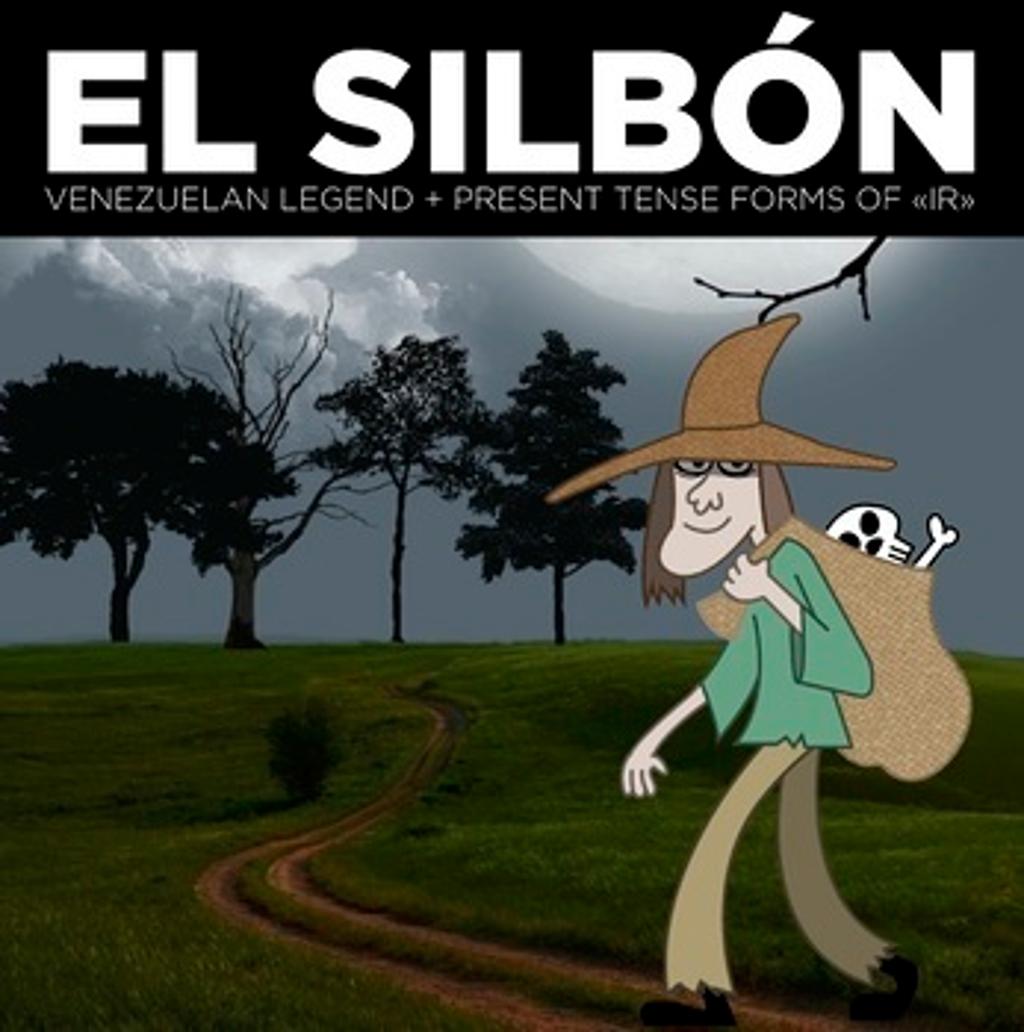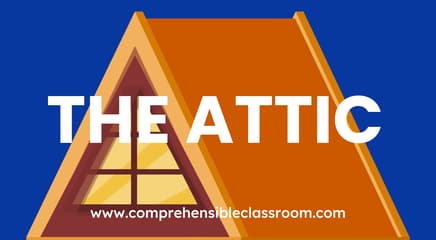We've all said it at some point:
"HELP! My students don't get [when to use ser or estar][how to form the subjunctive][the difference between "I have" and "you have" in Spanish]! What should I do???"
Accuracy matters.
Helping students develop the ability to use grammar concepts correctly in their speech and writing has always been an important part of language teaching. When a grammar concept just doesn't seem to be "clicking" for our students, we want to solve the problem! We run to our fellow department members (if we are fortunate enough to have any) or turn to our PLC for advice. Most of the time, we leave the conversation with some great ideas that we can try out in class over the next few days or weeks.
But you know what? Since I began teaching with comprehensible input, I haven't had to ask that question because the answer is always the same:
GIVE THE KIDS MORE EXPOSURE TO COMPREHENSIBLE INPUT!
Grammar instruction isn't needed
Over the last four decades, second language acquisition research has clearly demonstrated that fluency improves (and with it, accuracy) not by traditional practice but by continual exposure to comprehensible input. If a student makes a "mistake"--they use the wrong word, form a verb incorrectly, anglicize word order--it reveals a hole in that student's mental representation of the language. The student hasn't yet fully connected that piece to the rest of the puzzle that is being solved in their minds.
Traditional language classes provide grammar practice
Traditionally, language teachers would try to fill in that hole by explaining the connections: "Well, you see, here you have to use [this verb] because of [this rule] whereas here you use [this verb] because of [this rule]". Then, we'd give the students a list of examples and some partner activities and call it a day. Well, if you were Old Martina, you'd also do some cooperative learning. And then you'd call it a day.
Language acquisition classes provide communicative input
But no more! Old Martina is gone, and New Martina is here to stay! So instead of asking "What can I do...?", I ask my colleagues, "Can anyone think of an engaging way to provide contextualized, comprehensible, compelling exposure to [this grammar pattern]?" Seriously. Word for word, that's how I ask it. (Kidding.)
So last weekend I set out on a mission to create a reading or lesson plan that provides students with many repetitions of the present tense forms of the verb "ir" (to go). A Facebook follower said that her students were only using the third person form, "va", and not using the first and second and plural forms. This is a common problem in TCI classes because it is really easy to tell stories and give readings that primarily expose students to the third person, singular verb forms. It takes intention to expose them to the other forms! If your students are not using all of the forms and using them correctly, they just need more [contextualized, comprehensible] exposure.
Use dialogue to expose less common verb forms
A great way to provide your students with repetitions of other verb forms is to include dialogue in your readings and stories. I went this route with my "ir" lesson plans. Another way is via horizontal conjugation, and you can see an example for Spanish 1 here or French 1 here that is designed to expose students to the "we" forms of high frequency verbs. There are many other strategies out there, like interviewing actors in your stories (à la Blaine Ray), but I'll let YOU write about them in the comments.
Use grammar patterns in stories
So back to this weekend. I'd been wanting to write a lesson plan about El Silbón, "The Whistler", since I kept seeing it pop up in my Pinterest feed leading up to Halloween and because Craig Klein of Spanish Cuentos just published a novel for Spanish students about El Silbón! Well, I missed the Halloween deadline, but I got it done. I wrote a parallel "legend" (just a story, since it's not a legend...yet...) that follows the basic back-story of El Silbón but changes a few details. I included lots of dialogue about what characters were going to do ("I'm going to...", "Are you going to...?", etc.) in order to get in the reps of all the "ir" verb forms. Then, I strategically chose post-reading activities that would give students further exposure to the forms: instead of output-based activities, I chose activities in which students re-read the original text and read slightly modified excerpts from it.
Finally, I wrote up the actual legend of the Silbón, using simplified language that would be comprehensible to a student in Level 1 of a language class of course, and made more activities that compared and contrasted the original legend with my parallel story, once again requiring students to look back at the texts and get more repetitions of the target structures.
Phew! That sounds like a lot of work when I write it all out (and truthfully, it was--but that's only because I like doing this stuff ;-)). But it doesn't have to be! I have the time and the desire to "make stuff": if you don't; keep it simple. Writing the parallel story was easy and very quick once I had a plot idea, and if you have a list of go-to reading activities, then you won't spend any significant amount of time or brain power putting those together.
Look for interesting content
To come up with plots, just keep your ears open for good stories: the world is filled with them! You could use the notes app on your phone or text yourself to collect a record about interesting stories that you hear or read, or you could write them down on paper and hope that you don't lose the paper. Then, when you have a grammatical pattern that you want to focus on, just look back through your list of REAL-LIFE stories to find one that has a "plot" that will work with whatever it is that you want to target. I know exactly what words "my students" (my imaginary students, since I'm not teaching right now) know, and I work within that vocabulary to write the story or other content. Since The Somos Curricula are centered on high frequency structures, I can write about almost anything (simply, anyway) and my students can understand it. I knew that I wanted to teach this lesson after students learn about El Cucuy, so I wrote it using vocabulary from Units 1-9 of The Novice Somos Curriculum and footnoted any new terms beyond that.
You don't need a plan to provide CI
Now, if all of this sounds just too organized and controlled for you, that's cool. There are lots of TPRS®/TCI teachers out there that don't "plan lessons" or "make activities" like I do, and their students prove that you don't need to have a control freak like me as a teacher every time they take a national exam. I'd recommend joining Ben Slavic's PLC to learn from freestyle TPRS® teachers, and then buy a plane ticket to Minnesota and go meditate observe in Grant Boulanger's classroom for a few days. I don't know how they do what they do, but it's amazing to see! If, however, freestyle isn't for you, then I hope that this little window into how I control plan my lessons is helpful :)





